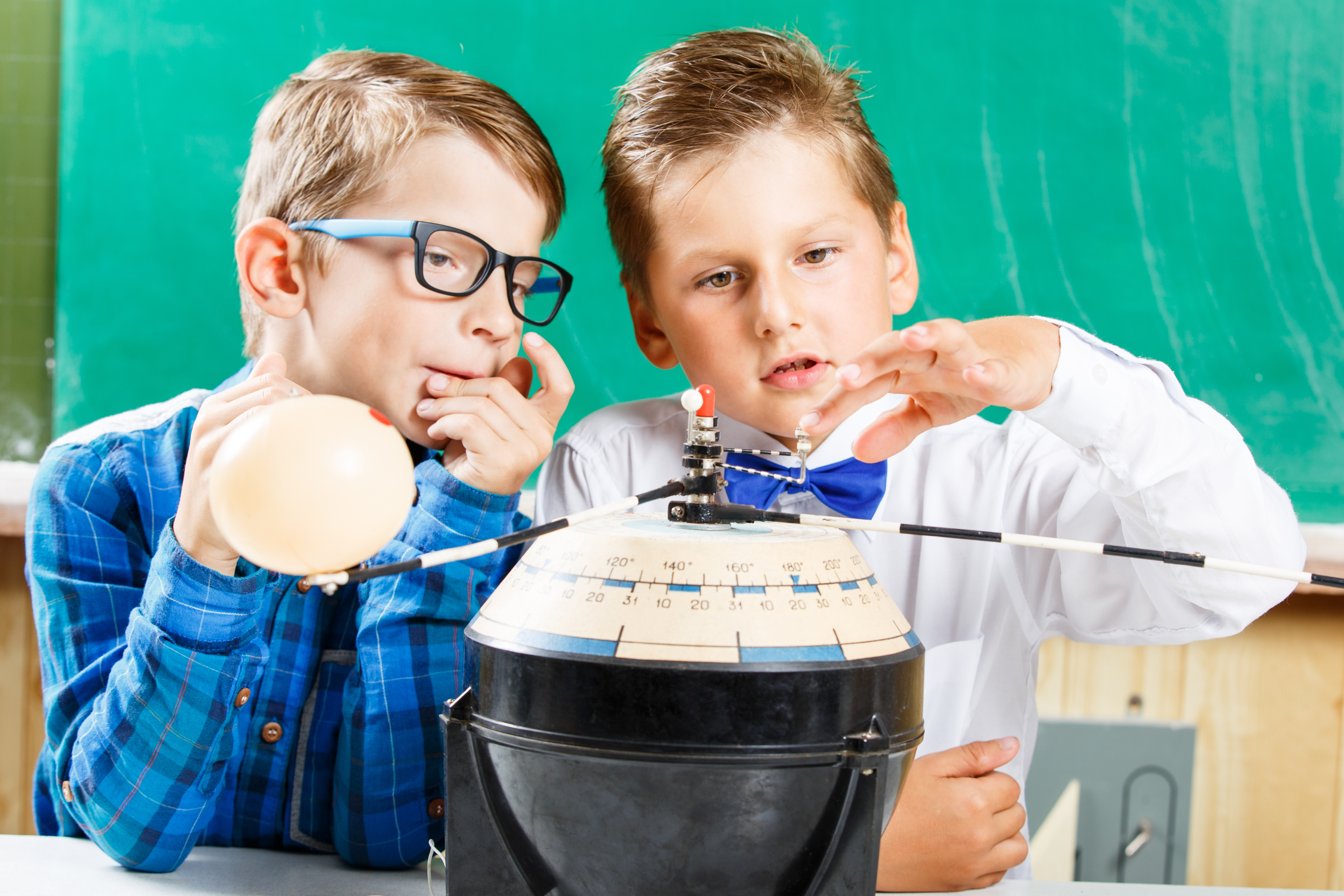Understanding light sources Worksheets for Ages 3-9
6 filtered results
-
From - To
Discover our engaging "Understanding Light Sources Worksheets for Ages 3-9" designed to spark curiosity and learning in young minds. These printable worksheets are created to cater to various age groups, addressing fundamental concepts about different sources of light. With age-appropriate activities and vibrant illustrations, children will explore natural and artificial light, develop critical thinking skills, and enhance their vocabulary. Perfect for classroom and at-home learning, our worksheets turn complex ideas into fun and digestible learning experiences. Help your child shine brightly with our creative and educational resources at Kids Academy!
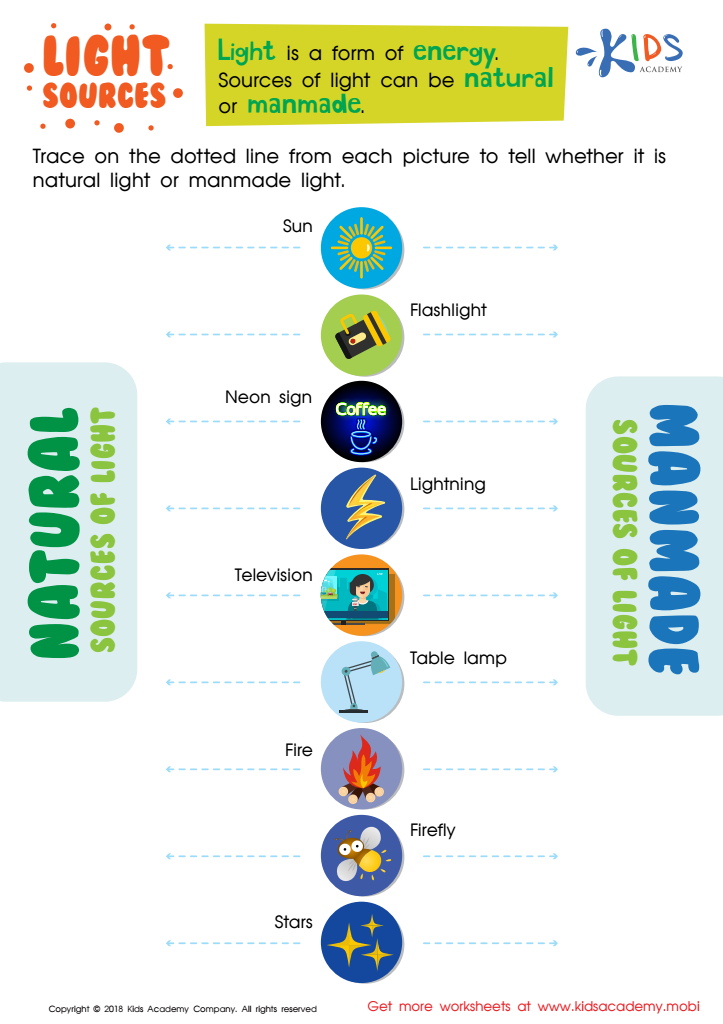

Natural and Manmade Light Sources Worksheet
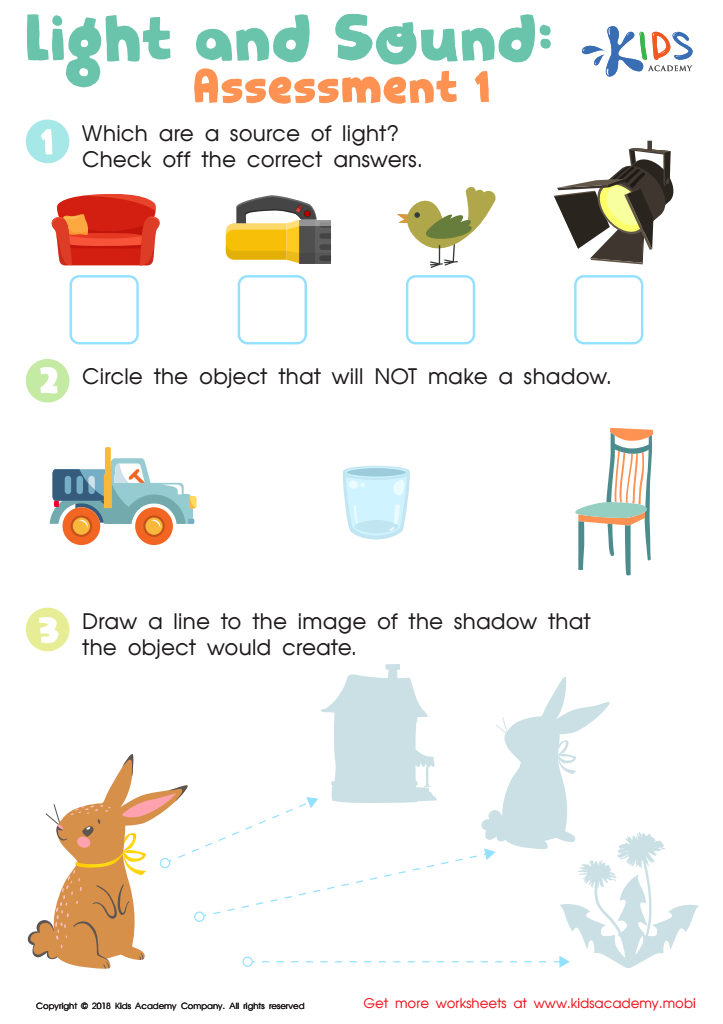

Light and Sound: Assessment 1 Worksheet
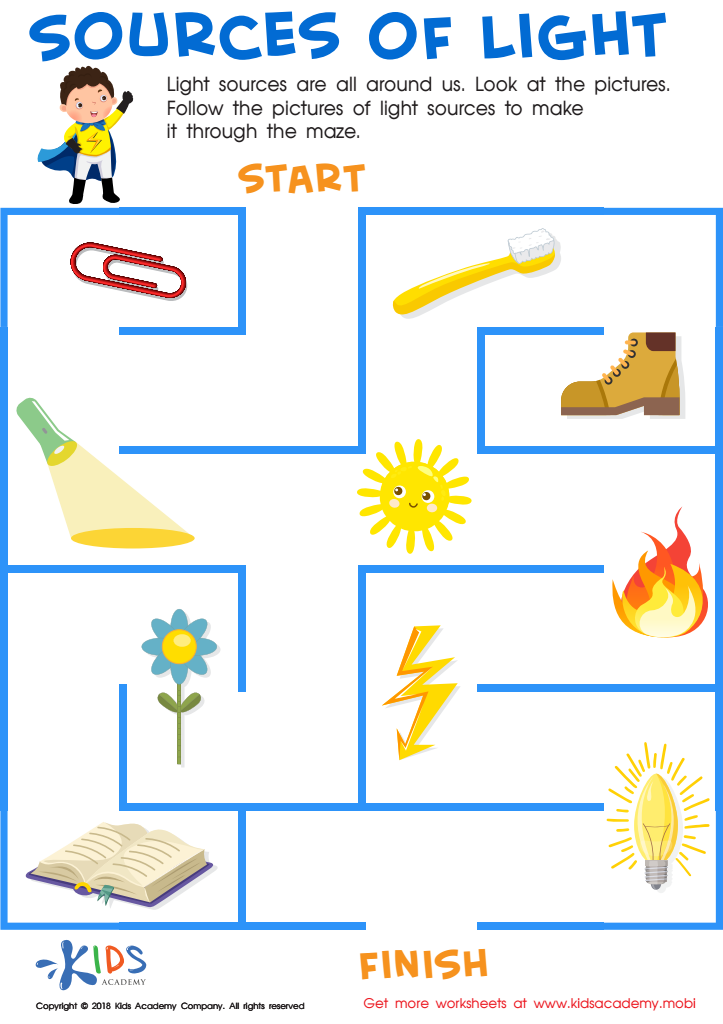

Sources of Light Worksheet
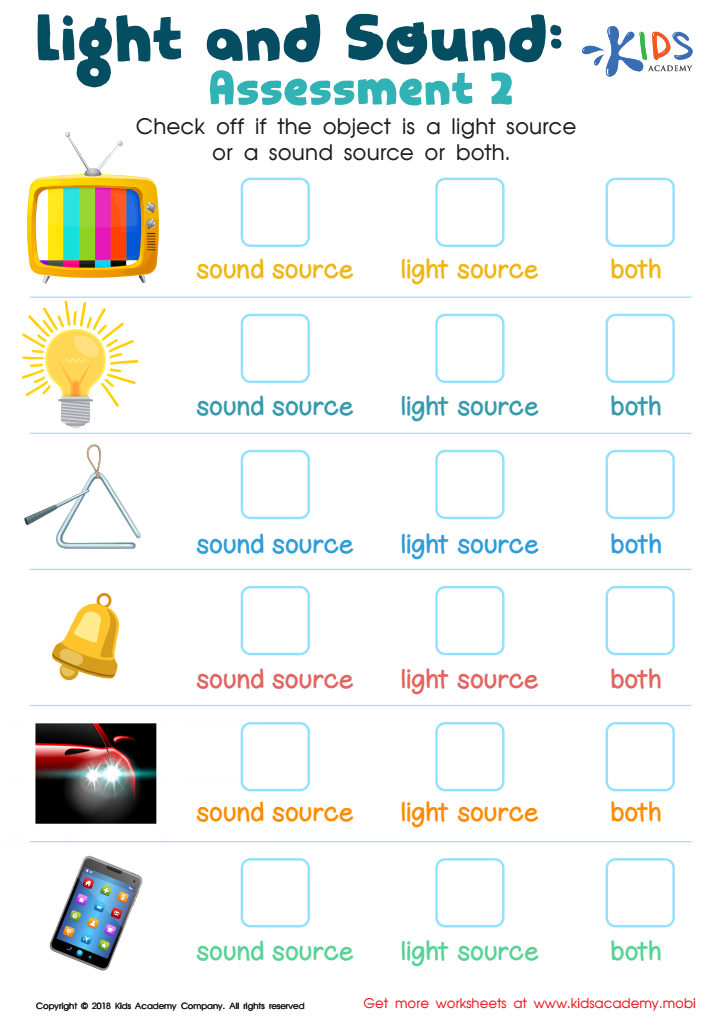

Light and Sound: Assessment 2 Worksheet
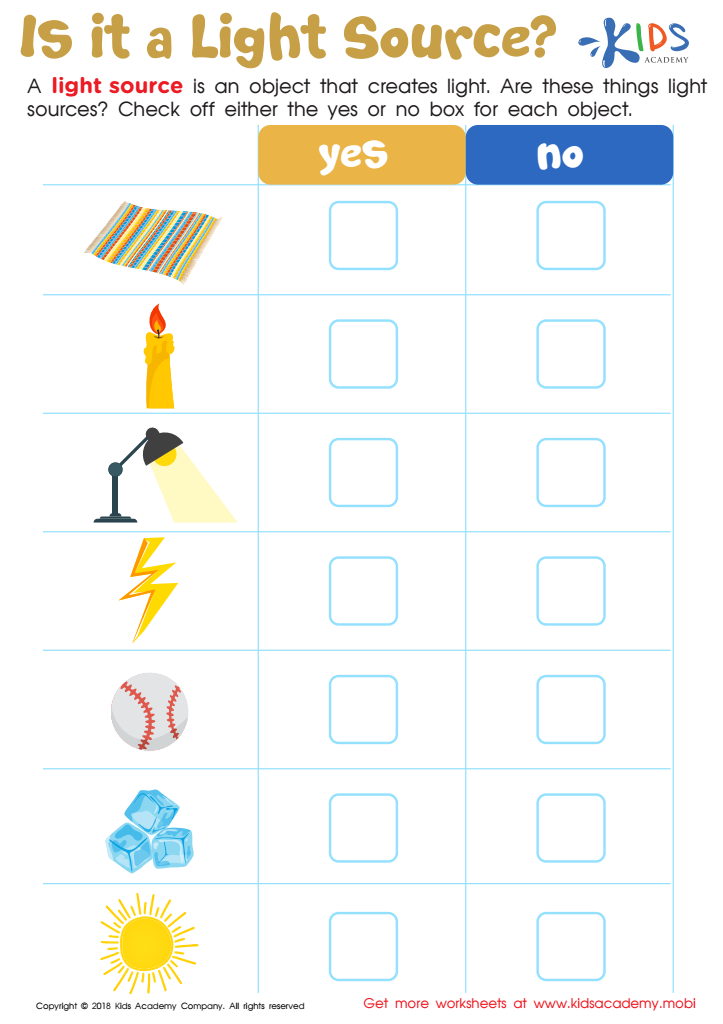

Is It a Light Source? Worksheet
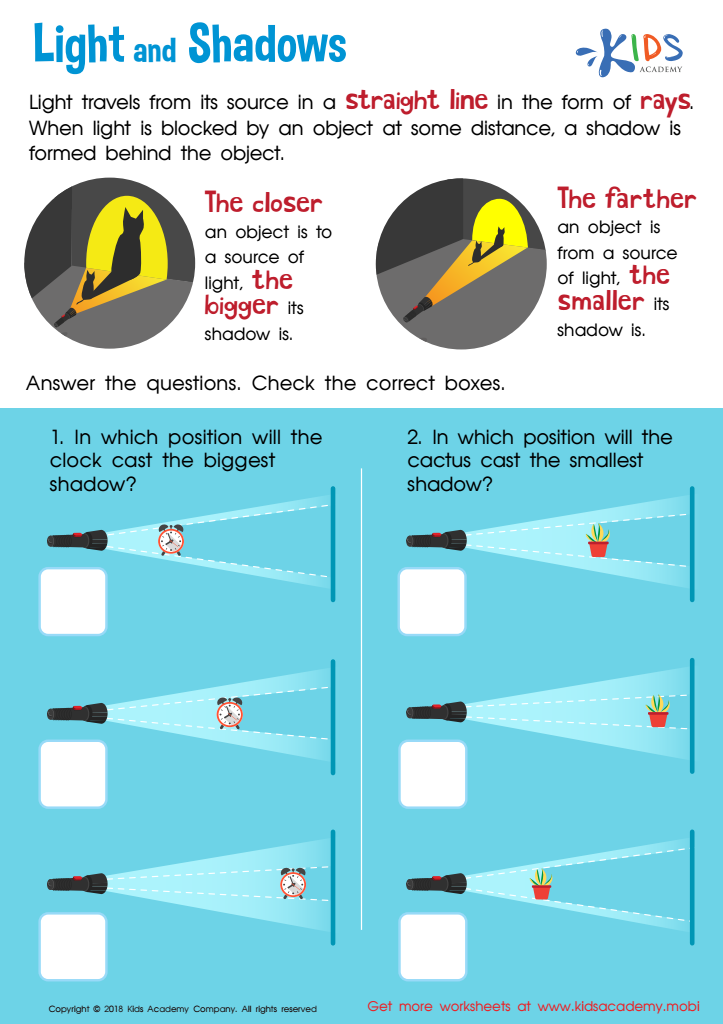

Light and Shadow Worksheet for Grade 3
Understanding light sources is essential for children aged 3-9 as it lays the foundation for science education and ignites curiosity about the world. Parents and teachers should prioritize this topic as it connects to various developmental milestones and offers countless real-life applications.
Firstly, learning about light enhances sensory development and cognitive skills. For example, through activities such as exploring shadows, rainbows, or reflections, children grasp basic scientific concepts and cause-effect relationships. This forms the bedrock for future understanding in more complex subjects like physics and chemistry.
Secondly, light source education fosters creativity and imagination. Simple experiments with mirrors, flashlights, or colored transparencies can spark interest in artistic pursuits and innovative thinking. These activities encourage observation and questioning, key aspects of critical thinking.
Additionally, understanding light sources is vital for safety and well-being. Teaching children the significance of sunlight for Vitamin D, or the dangers of staring at the sun directly, instills lifelong healthy habits. It also emphasises the importance of artificial light for nighttime visibility, enhancing their spatial awareness and sense of security.
By demystifying these everyday phenomena, parents and educators help children appreciate the wonders of their environment, nurturing a lifelong love of learning and discovery.
 Assign to My Students
Assign to My Students






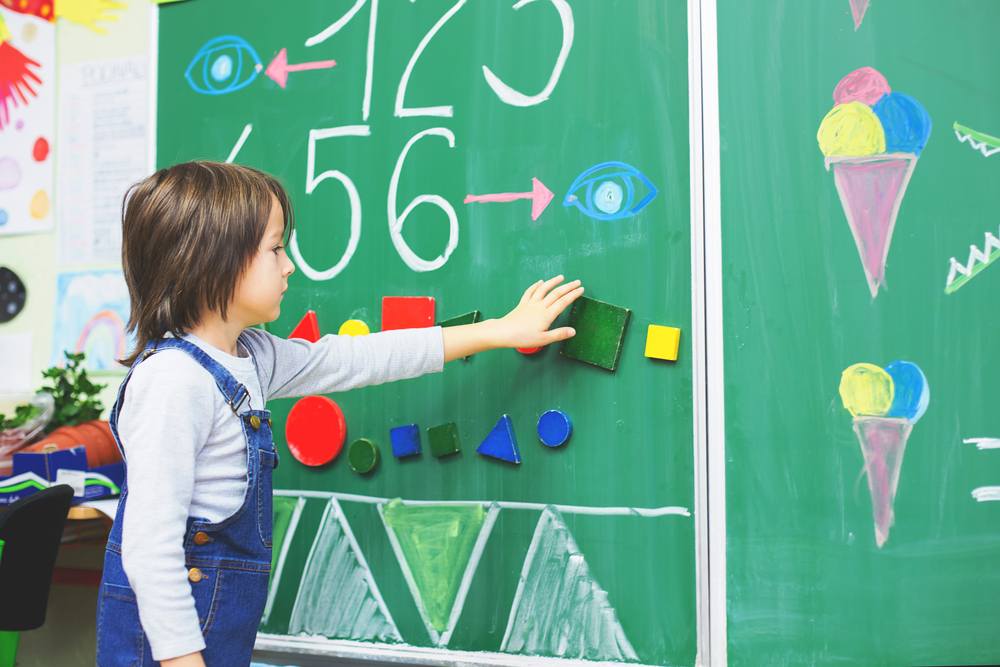

.jpg)

